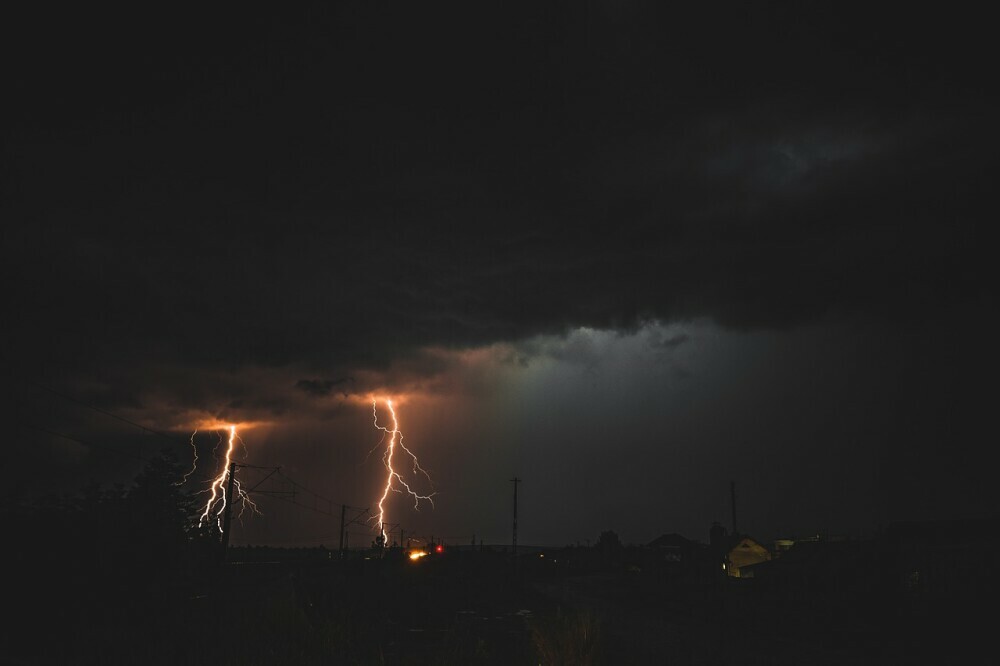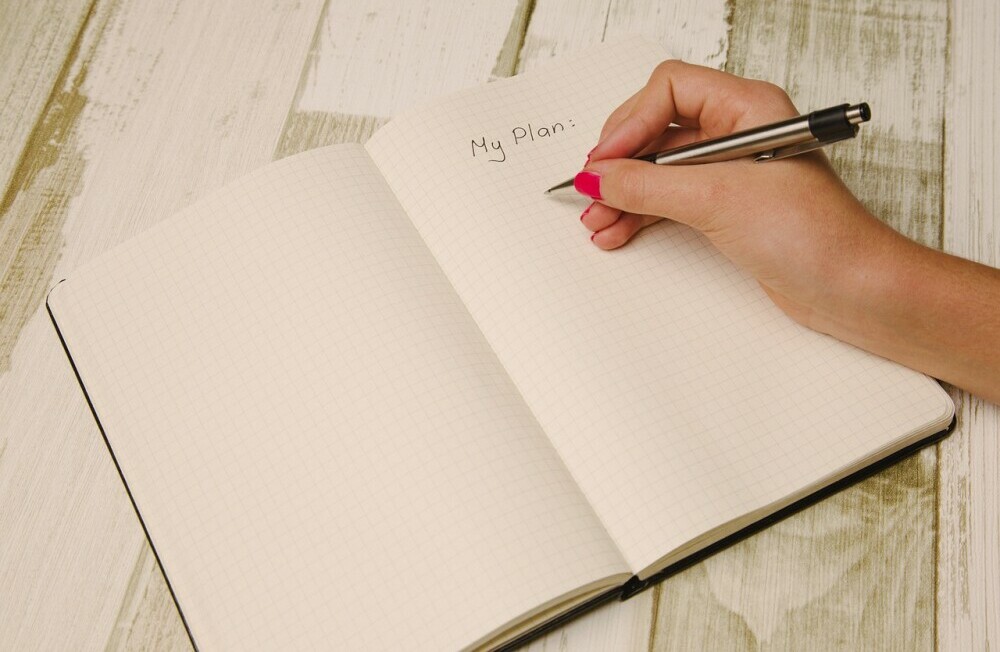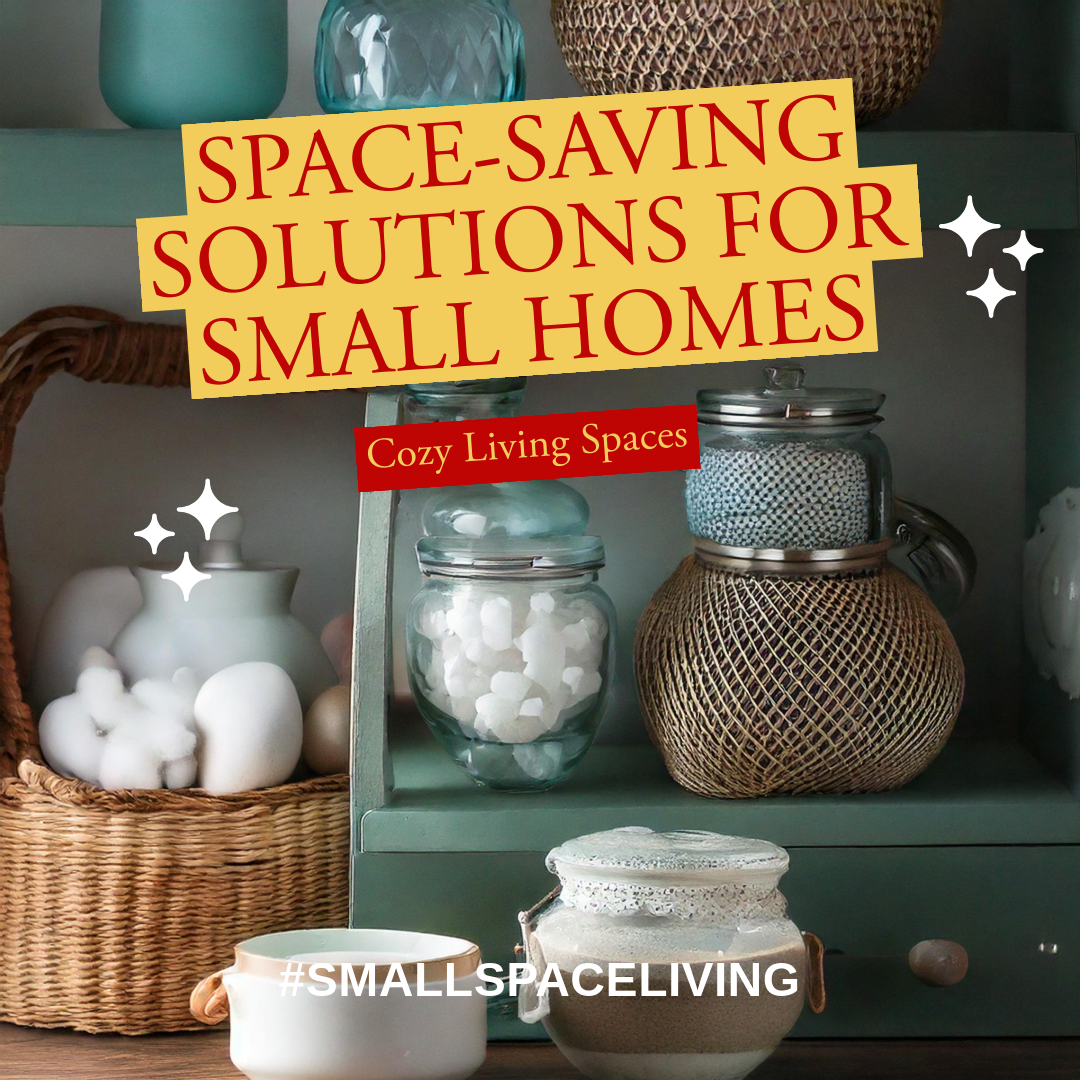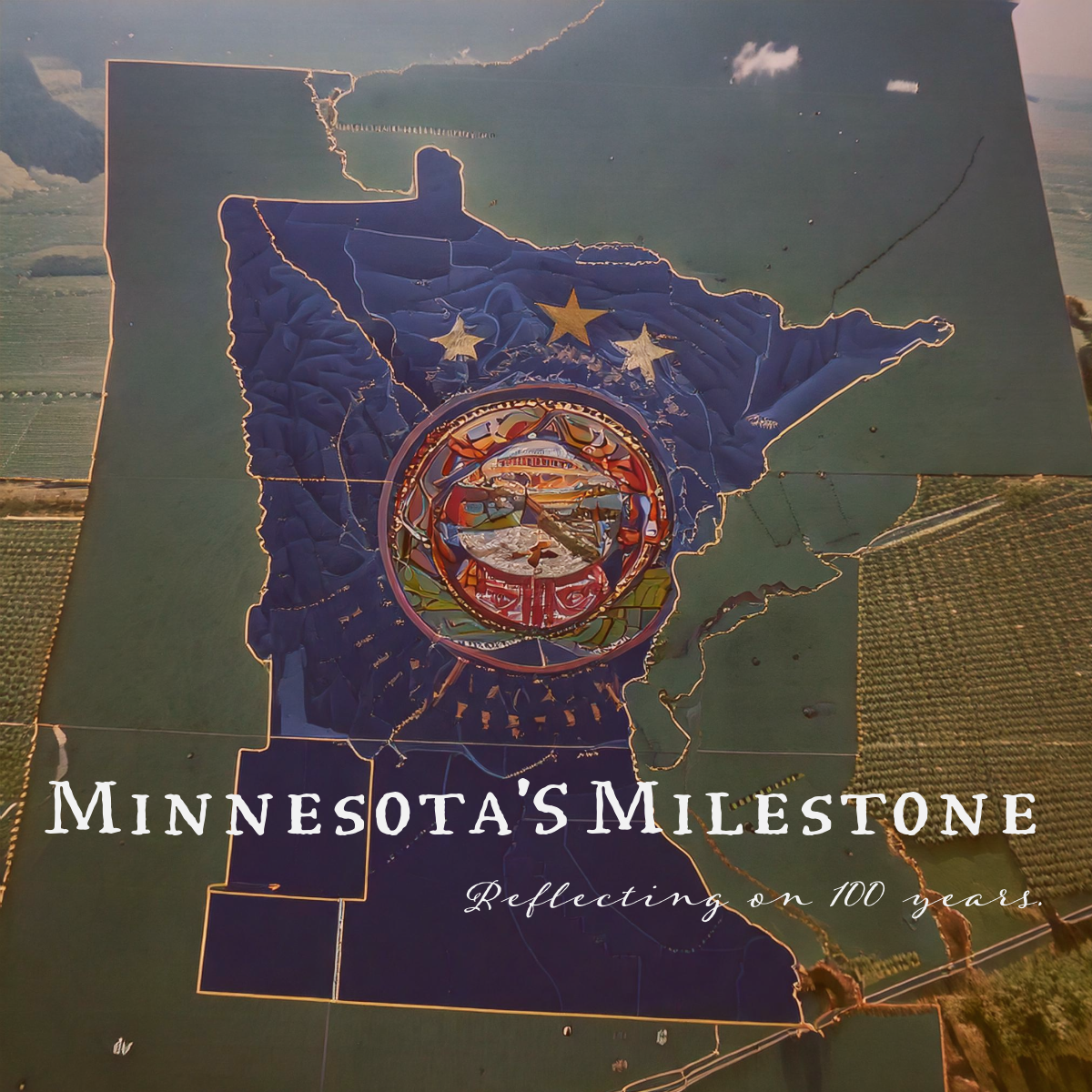Introduction to Smart Travel Packing

- Understanding the essence of efficient packing
- Common misconceptions about packing for trips
- The impact of smart packing on your travel experience
When it comes to efficient packing, particularly in the context of travel, local Minnesota real estate agents often emphasize understanding the essence of efficient packing. This involves not only packing the right essentials for the trip but also organizing and maximizing space within luggage. Tips such as rolling clothes instead of folding, using packing cubes or compression bags, and packing versatile items that can be mixed and matched are commonly shared to help travelers optimize their packing space.
One common misconception about packing for trips is the notion that overpacking is better than underpacking. Many people tend to pack more than they actually need, leading to bulky luggage and unnecessary stress during travel. Real estate agents often advise travelers to pack smartly by carefully selecting items based on the duration and purpose of the trip, as well as considering potential laundry facilities or opportunities to re-wear certain clothing items.
The impact of smart packing on your travel experience can be significant. Efficient packing not only saves time and effort when preparing for a trip but also ensures a more organized and stress-free travel experience. By packing strategically, travelers can avoid the hassle of lugging around heavy bags, reduce the risk of items getting lost or damaged, and have the flexibility to move around more comfortably. Smart packing ultimately allows travelers to focus more on enjoying their destination and making the most of their travel experience.
Overpacking: The Cardinal Sin of Travel

- Reasons travelers tend to overpack
- Risks and inconveniences associated with too much luggage
- Tips for determining what you really need
Congratulations on your new home in Minnesota! As you settle into your new space, it’s important to consider how you approach packing and decluttering. Here are some insights on why people tend to overpack, the risks of carrying too much, and tips for determining what you truly need:
Reasons Why People Tend to Overpack:
1. Emotional Attachment: One common reason for overpacking is an emotional attachment to items. People often find it difficult to part with belongings due to sentimental value or memories associated with them.
2. Fear of Needing Something: The fear of not having something essential when it’s needed can cause individuals to pack more than necessary. This ‘just in case’ mentality leads to overpacking to cover all bases, even for unlikely scenarios.
3. Lack of Planning: Without a clear plan or packing list, it’s easy to pack items impulsively, resulting in carrying more than what is required. Inadequate planning can lead to unnecessary items making their way into boxes and bags.
Risks and Inconveniences of Carrying Excess Luggage:
- Physical Strain: Carrying heavy boxes and bags can put a strain on your body, leading to discomfort and potential injuries, especially during the moving process.
2. Transportation Issues: Excessive luggage can exceed weight limits for transportation methods, resulting in additional fees or the need to repack items. It can also pose challenges when navigating through airports, public transportation, or moving vehicles.
3. Disorganization: Having too much to unpack and sort through can lead to disorganization and make it harder to settle into your new home efficiently. It may also increase the likelihood of items getting lost or misplaced.
Tips for Determining What You Really Need:
- Create a Checklist: Develop a detailed checklist of essential items based on your new home’s layout, your lifestyle, and immediate needs. This helps you focus on what is necessary and reduces the chances of packing unnecessary items.
2. Prioritize Functionality: Focus on items that serve multiple purposes or are essential for daily living. Consider the practicality and versatility of each item when deciding what to pack.
3. Declutter Before Moving: Take the opportunity to declutter and donate or sell items you no longer need or use. Downsizing before the move will not only lighten your load but also make unpacking and settling into your new home easier.
By understanding the reasons for overpacking, recognizing the risks involved, and following practical tips for determining what you really need, you can streamline the moving process and ensure a smoother transition into your new Minnesota home. Enjoy the exciting journey ahead!
Forgetting the Essentials: A Preventable Blunder

- The most commonly forgotten items during packing
- The consequences of leaving essentials behind
- Creating a fool-proof packing checklist
As a Minnesota real estate agent guiding your client through a seamless moving experience, it’s essential to address common pitfalls and provide valuable advice on packing efficiently. Here are some key insights to consider when helping your client prepare for their move:
The Most Commonly Forgotten Items During Packing:
- Chargers and Electronics: It’s easy to overlook chargers for phones, laptops, or other essential electronics in the midst of packing. Forgetting these items can be inconvenient, especially during the first few days in a new home.
2. Personal Documents: Important documents such as identification papers, passports, insurance documents, and financial records are often overlooked in the chaos of packing. Forgetting these can lead to delays and added stress during the moving process.
3. Medications and First Aid Kit: Prescription medications, over-the-counter medicines, and a basic first aid kit are crucial for health emergencies. Forgetting to pack these essentials can have serious consequences, especially in a new environment.
The Consequences of Leaving Essentials Behind:
- Disruption and Delays: Forgetting essential items can disrupt the moving process and cause delays in settling into the new home. It may require last-minute trips to purchase replacement items, resulting in added stress and expenses.
2. Increased Costs: Replacing forgotten items can incur additional costs, whether it’s purchasing new essentials or expedited shipping for items left behind. These unexpected expenses can strain the moving budget.
3. Emotional Stress: The frustration and inconvenience of realizing essential items are missing can cause emotional stress during an already taxing time. It can detract from the excitement of moving into a new home.
Creating a Fool-Proof Packing Checklist:
- Start Early: Encourage your client to begin packing well in advance of the moving date. This allows time for careful planning and prevents a last-minute rush that can lead to forgotten items.
2. Room-by-Room Approach: Suggest a systematic approach to packing, tackling one room at a time. This method ensures that no area is overlooked and makes unpacking more organized.
3. Comprehensive Checklist: Advise your client to create a detailed packing checklist covering all essential categories, from clothing and personal items to kitchen supplies and important documents. They can check off items as they pack, ensuring nothing is missed.
By addressing the commonly forgotten items, highlighting the consequences of leaving essentials behind, and recommending a fool-proof packing checklist, you can empower your client to approach their move with confidence and preparedness. A smooth transition into their new home in Minnesota awaits!
Ignoring Weather and Cultural Norms: Research is Key

- How to research and consider your destination’s climate
- Respecting cultural norms and dress codes while traveling
- Adapting your packing list to various destinations
When preparing to relocate to Minnesota, it’s important to consider various aspects to ensure a smooth transition to your new location. Here are some key points to keep in mind as you plan your move:
Researching and Considering Your Destination’s Climate:
- Climate Research: Start by researching Minnesota’s climate to understand the typical weather patterns and seasonal changes. Minnesota experiences distinct seasons, with cold winters and warm summers, so it’s essential to pack clothing suitable for each season.
2. Layering: Due to the fluctuating temperatures in Minnesota, it’s advisable to pack clothing that can be layered. This allows for flexibility in adjusting to temperature changes throughout the day or between seasons.
3. Essential Items: Based on the climate research, prioritize packing essential items such as winter coats, boots, hats, and gloves for the cold winters, as well as light and breathable clothing for the warmer months. Don’t forget to include items like umbrellas and rain gear for unpredictable weather.
Respecting Cultural Norms and Dress Codes While Traveling:
- Professional Attire: If you’re moving for work or business purposes, research the professional dress codes in Minnesota. It’s important to dress appropriately for business meetings or interviews, which may vary depending on the industry.
2. Casual Wear: In more casual settings, Minnesota’s style leans towards laid-back and practical attire. Comfortable clothing suitable for outdoor activities, like hiking or fishing, is common, reflecting the state’s appreciation for the outdoors.
3. Cultural Sensitivity: Respect local customs and cultural norms when dressing in public spaces. While Minnesota is known for its friendly and welcoming culture, being mindful of dressing modestly and appropriately can help you integrate more smoothly into the community.
Adapting Your Packing List to Various Destinations:
- Versatile Clothing: When packing for various destinations, opt for versatile clothing items that can be mixed and matched for different occasions. Consider packing clothing that can transition from casual to formal settings with simple accessories.
2. Travel Essentials: Include travel essentials like a universal adapter, toiletries, medications, and a first aid kit in your packing list. These items are valuable regardless of your destination and can ensure a comfortable and convenient travel experience.
3. Climate-Specific Items: Depending on the destinations you’ll be visiting, adapt your packing list to include climate-specific items like sunscreen for a sunny beach destination or compact rain gear for a rainy city.
By thoroughly researching Minnesota’s climate, respecting cultural norms and dress codes, and adapting your packing list to cater to various destinations, you can enhance your relocation experience and be well-prepared for the adventures that lie ahead in your new home state.
Last-Minute Packing: The Pitfalls of Procrastination

- The downfalls of delaying the packing process
- Stress and mistakes: How rushing affects packing quality
- Effective strategies for timely and relaxed packing
As a Minnesota real estate agent, it’s crucial to address the importance of effective packing strategies with clients to facilitate a smooth moving process. Delaying the packing process can lead to various downfalls, such as increased stress, logistical challenges, and potential disorganization. Clients who procrastinate packing may find themselves overwhelmed as the moving date approaches, resulting in rushed and haphazard packing efforts. This sense of urgency often leads to mistakes, such as improperly packed items, misplaced belongings, and overlooking essential items needed for the move.
Rushing through the packing process not only compromises the quality of packing but also contributes to heightened stress levels for clients. The pressure to pack quickly can lead to decision fatigue, where individuals may hastily pack without proper planning or consideration. This can result in fragile items being poorly packed, valuable possessions getting damaged, or belongings being left behind. Additionally, the stress of last-minute packing can impact the overall moving experience, causing unnecessary anxiety and disarray during an already transitional period.
To ensure timely and relaxed packing, advise clients to adopt effective strategies that promote organization and efficiency. Encourage them to start early and create a comprehensive packing timeline that breaks down tasks into manageable steps. Suggest prioritizing packing room by room, focusing on decluttering and packing non-essential items first to reduce the overall workload. Emphasize the importance of labeling boxes clearly to streamline unpacking and facilitate easy access to essential items upon arrival at the new residence. By encouraging clients to pack systematically, plan ahead, and allocate sufficient time for the process, you can help them mitigate stress, minimize mistakes, and achieve a more organized and stress-free moving experience in Minnesota.
Underestimating the Importance of Organized Packing

- Benefits of an organized packing system
- Different organizational tools and techniques
- Case studies: Organized vs. chaotic packing outcomes
When preparing to relocate to Minnesota, implementing an organized packing system can greatly streamline the moving process and enhance the overall experience. One of the key benefits of an organized packing system is the ability to maintain clarity and efficiency throughout the packing process. By categorizing items, labeling boxes, and creating an inventory list, individuals can easily locate their belongings upon arrival at their new home, saving time and reducing stress.
There are various organizational tools and techniques that can aid in creating a structured packing system. Utilizing color-coded labels for boxes according to room or item type can simplify unpacking and ensure items are placed in their designated locations. Additionally, investing in storage bins, drawer organizers, and packing cubes can help maximize space utilization and protect fragile items during transit.
To illustrate the impact of organized versus chaotic packing outcomes, consider the following case studies: In the case of organized packing, a family meticulously labeled and packed their belongings according to rooms and categories. Upon unpacking in their new Minnesota home, they were able to easily access their essentials and settle in quickly. On the other hand, a family that haphazardly threw items into boxes without any organization faced challenges locating important items, leading to frustration and a prolonged unpacking process.
By emphasizing the benefits of an organized packing system, outlining various organizational tools and techniques, and showcasing real-life case studies highlighting the outcomes of organized versus chaotic packing, individuals relocating to Minnesota can optimize their moving experience and transition smoothly into their new living space.
Conclusion: Becoming a Master Packer

- Recap of top packing mistakes and how to avoid them
- Encouragement to implement learned strategies
- Shared stories of improved travel experiences
As we wrap up our in-depth exploration of packing tips for moving and relocating, it’s essential to reflect on the key insights and strategies shared throughout this article. Moving can be a stressful and overwhelming process, but with the right approach and preparation, it can also be a smooth and organized endeavor. By implementing the tips and techniques discussed in this guide, you can streamline your packing process and ensure a successful transition to your new location.
From decluttering and organizing your belongings to labeling boxes and creating a packing timeline, each step plays a crucial role in simplifying the moving process. Avoiding common packing mistakes such as overpacking boxes, procrastinating packing, or failing to properly label items can save you time, effort, and potential headaches during the move. By learning from these insights, you can optimize your packing strategy and enhance your overall moving experience.
We encourage you to take the lessons learned from this article and put them into practice as you prepare for your upcoming move. Embrace a proactive and systematic approach to packing, leverage organizational tools and techniques to keep your belongings secure, and stay focused on the end goal of a smooth and stress-free relocation. Remember, thorough planning and attention to detail can make all the difference in ensuring a successful and efficient move.
As you embark on this exciting new chapter, we invite you to share your experiences, tips, and success stories with our community. By engaging in the comments below, you can connect with others who are also navigating the challenges of moving and contribute to a valuable exchange of knowledge and expertise. Together, we can support each other on this journey and make the process of packing for a move a more manageable and rewarding experience. Thank you for being part of our packing tips resource, and we wish you all the best in your upcoming relocation adventure.




